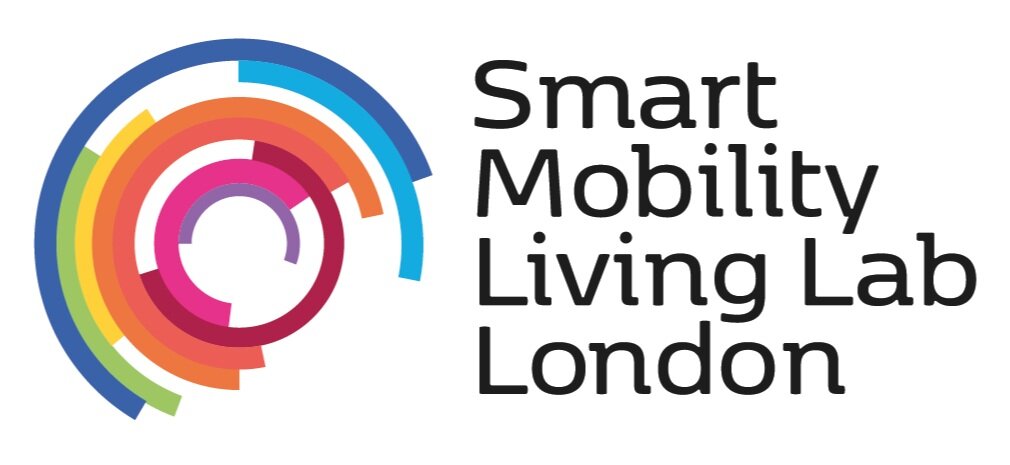LCV2018 offered up a vision of the future of mobility – but how will we get there?
By VICKI DEBLASI, HEAD OF COMMUNICATIONS, SMART MOBILITY LIVING LAB
In baking, proving something is to let it rest and rise before you commit it to the oven for its final bake. In mathematics, proving is ‘an inferential argument for a mathematical statement.’
But in Millbrook, a small village a few miles south of Bedford, the word will most often be used to refer to the more than 70km of varied test track that makes up Millbrook Proving Ground.
It was in the centre of this expanse of winding routes that this year’s edition of the Low Carbon Vehicle (or LCV) congress took place. The show was spread across five exhibition halls and, as well as plenty of electric and low emission vehicle showcases, there was a particularly strong showing for another three-letter acronym: CAV, or connected and autonomous vehicles.
We were on the ground at the event, to introduce our project and join the conversation around the global impact that CAVs will have over the next few years.
The UK leads the way
Indeed, much of the second of the two days’ talks and discussions were dedicated to the topic, with Iain Forbes, head of the government’s Centre for Connected & Autonomous Vehicles, opening proceedings at a talk on CAV policy development.
He emphasised the government’s commitment to joint investment in R&D for the sector, and stated that the priority for this – and all CAV developments – should be led by safety concerns. Providing an integrated testbed ecosystem, Iain said, will be key to any and all efforts within this.
“These testbeds need to be a one-stop shop for organisations of all sizes,” he said, going on to argue that for the UK to maintain its place at the forefront of CAV innovation, all efforts must be made to be greater than the sum of their constituent parts.
Moving to a question of mobility
Staying ahead of the pack is exactly what Meridian CEO, Daniel Ruiz, has in mind.
He explained that, thanks to government policy and codes of practice that are now recognised as best in class around the world, the UK is ready to forge ahead.
He reiterated Forbes’ points about working as consortia, and on the importance of having physical and virtual testing sites. But perhaps most significant was the point Ruiz made about the shifting understanding of what ‘CAV’ refers to.
“It’s about much more than the cars,” he said, “it’s about what we’re trying to do with them: this is a mobility question[WP(1] now, not a vehicle one.”
Hitting the road
Elsewhere at the event, organisations such as Nissan, Oxbotica, Siemens and more showed off the advances they’re making in the space – and the new questions thrown up with each step forward.
Attendees were shown video footage of tests conducted not just on dedicated tracks but in live environments too, including old and jumbled urban roads, snow-covered country lanes, and even more extreme off-road situations. There were more than a few gasps of admiration to be heard throughout the day.
Perhaps what the day made most clear, though, was (if you’ll forgive a particularly lazy pun) just how far we all have to go on this journey.
While examples of CAVs in action now and in the very near future can excite people’s imaginations – Nissan’s Grand Drive challenge, which will see a convoy travel unassisted from the south of England all the way up to the car company’s factory in Sunderland next winter, was a particularly enthralling prospect – there quickly comes a point when those imaginations turn to perhaps less sensational questions.
More to explore
How do we account for the fact that human drivers frequently drive over the speed limit, but CAVs can’t? What age will you need to be to drive unaccompanied in a driverless care? What about infrastructure, will we have to lay whole new roads? Will I need a new driver’s license? Whose fault is it if my CAV is involved in a crash?
These were just a few queries heard throughout the day. And many of them beget questions of their own too. As part of our project we will aim to uncover some of the answers to these questions with the help of our partners, industry experts and members of the public.
Ultimately, the only way we’ll find the answers is by trying and testing and iterating and altering and plugging away until we have systems in place that reflect the bold vision we currently have for the future of mobility. The proof of the pudding, as they say, will be in the eating.
To join us on the journey to answering the hottest questions facing the transport and future mobility industries follow our podcast series Journey Makers here.
